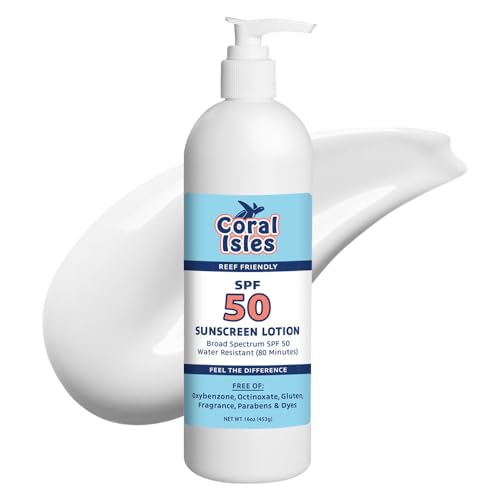Vin don't run off the deep end, there is no mud slinging going on. Give me a chance to show your view, in more detail. I have been sitting here for hrs trying to dig up good info and views. I'm still on this subject now matter what the outcome.
You seem to have forgot all the info on RC that often supported your view. Also why can't we or us have a different view than yours ? It is like we have to agree with the ZEOvit theory or we are a bunch of jerks and in some cases we are jerks also

. Many of us have changed some of our thoughts from long ago, more to the ZEOvit side. That does not mean we have to buy into it hook-line & sinker, when there is no data to back it up. That also does not mean all ZEOvit ideas by you guys is correct either. There is data that backs up some of it on both sides. Even Randy and Habib can't agree. The ZEOvit theory isn't a theory, it is an idea/guess of what is going on. The other part is you can not take data from FW tests and equate it to SW = the same thing must be going on.
Does Clino enhance nitrification...yes there are professional papers on it that say so. Clino that already have or are allowed to uptake NH4+. Can NH4+ diffuse into the zeolite even with a film of bact's on it. Some say yes, some do not buy it at all and some are not sure. It is allot more complex than most think and as of yet no one has a real working theory as to what is taking place.
You should know some this info you were on that thread and is where your view comes from
Jörg Kokott
When bacteria settle on a given surface they release strong organic glues to the surface to attach themselves. As these biofilms may break off the substrate, the glue would still stick to the surface and would clog the pores. Consequently, the ion-exchange capacities of the zeolite would strongly decrease with time or even would approach zero. However, if the zeolite grains scratch against each other due to the strong current in the filter, and rub off the surface which is thereby regularly removed to a degree, that ammonia could newly be adsorbed, and new AOB settle on the surface.
And I said this to a point. Notice he is saying if, other say they do not think that is all that possible. He has played around allot with zeolites in seawater
The point being, if the tumbling creates new fresh surface areas, never exposed to bacteria. Any even if there are fresh sites why do the bacteria require ammonia on that site when it is all over them in the water column.
Many educated chemists do believe this, to a point. Is there a need for any ionic exchange to take place ? Some say maybe, yes, no
That is a possibility put it has not shown to be true yet or false yet.
If ammonia is high enough at the zeo site can it exchange, some say yes some say no or they are not sure.
Something else not mentioned here yet. Do not forget that zeo's are also molecule sieves and plug up pores making ionic exchange not very possible at all.
With that being said I think it is best for those interested to see all of the views and arguments brought out here, a very peaceful thread on the chem. forum. I think all interested should read it.
http://reefcentral.com/forums/showt...age=25&highlight=zeolite ammonia&pagenumber=1
Take note that if you read all this stuff some of my ideas don't look all great good either. So go ahead and pick on me



































































